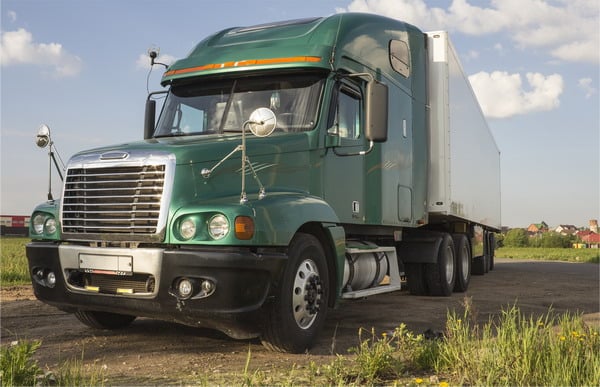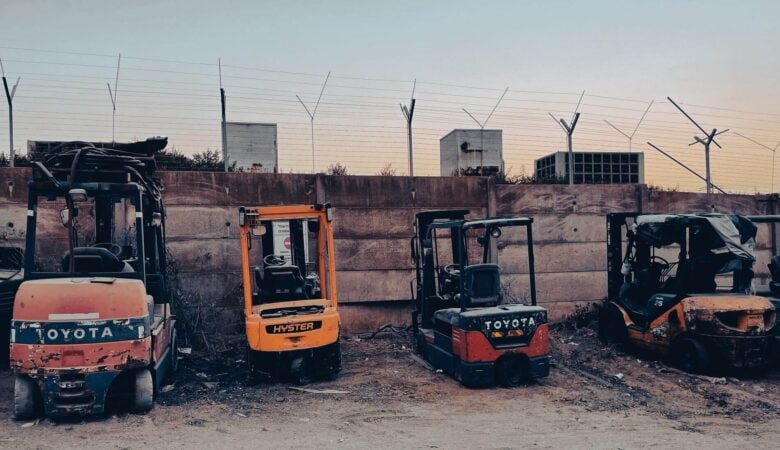It is common for truck drivers new to the flatbed game to wonder whether the use of bulkheads is required by law or not. In short, it’s not. But there is a lot more to cargo control than that. The federal government lays out a very strict set of rules defining how cargo is to be secured and controlled. Bulkhead deployment is just one small part.
The Federal Motor Carrier Safety Administration (FMCSA) publishes its rules in a document known as the Driver’s Handbook on Cargo Securement. It can be downloaded from the agency’s website free of charge. Section 2 of the rules describes the ‘Components of the Securement System’ as defined by the FMCSA. There are nine components to consider:

1. Floors
The assumption here is that the floors referred to in the rules relate to the decking on a trailer. Dry vans, reefers, and straight flatbeds have a single level and, as such, completely flat decks. Step deck trailers are a different matter. You can have two or three different levels depending on design. At any rate, floors play a crucial part in cargo control by providing a certain amount of friction wherever the load comes in contact with flooring.
2. Walls
This component only comes into play for flatbed truckers when side kits are used. A side kit offers temporary walls that can help contain cargo that would otherwise be difficult to control. Obviously, dry goods vans and reefer trailers have the benefit of full enclosure.
3. Decks
This can apply to either the multiple decks of a step-deck trailer or the dual decks of an auto hauler. Decks are similar to floors in terms of their usefulness for cargo control.
4. Tiedown Anchor Points
Tiedown anchor points available for securing cargo are perhaps the most critical component of a cargo control system. Truckers use those anchor points with chains, webbing straps, and bungees. In a dry van or reefer setting, tiedown points are usually mounted on the walls.
5. Headboards
A headboard is the equivalent of a bulkhead on a straight truck – flatbed or box. It prevents the cab of the truck from being breached by shifting cargo in the event such cargo moves forward.
6. Bulkheads
The bulkhead is that forward barrier on the front of a flatbed trailer. In the absence of a bulkhead, flatbed operators have to use extra straps to keep cargo from moving.
7. Stakes
Stakes are anchor points attached to the floor of a trailer or straight truck. They can be used in a number of ways with straps, chains, and blocks.
8. Posts
Posts protrude from a flatbed trailer frame along its perimeter. Posts are an important part of the side kit in that they provide both stability for walls and extra anchor points for cargo control.
9. Anchor Points
The term ‘anchor points’ is more of a generic term encompassing every kind of anchor point on a truck or trailer. Cargo is connected to anchor points by way of chains and straps. The more anchor points, the better.
All of this is probably elementary to you if you are an experienced truck driver. However, a helpful reminder every now and again is not a bad thing. In the arena of cargo control, knowing what you’re doing means all the difference in the world to both safety and legal compliance.
We recommend you download the FMCSA rulebook and keep it handy. You never know when you might have a cargo control question that doesn’t have a quick and easy answer.










